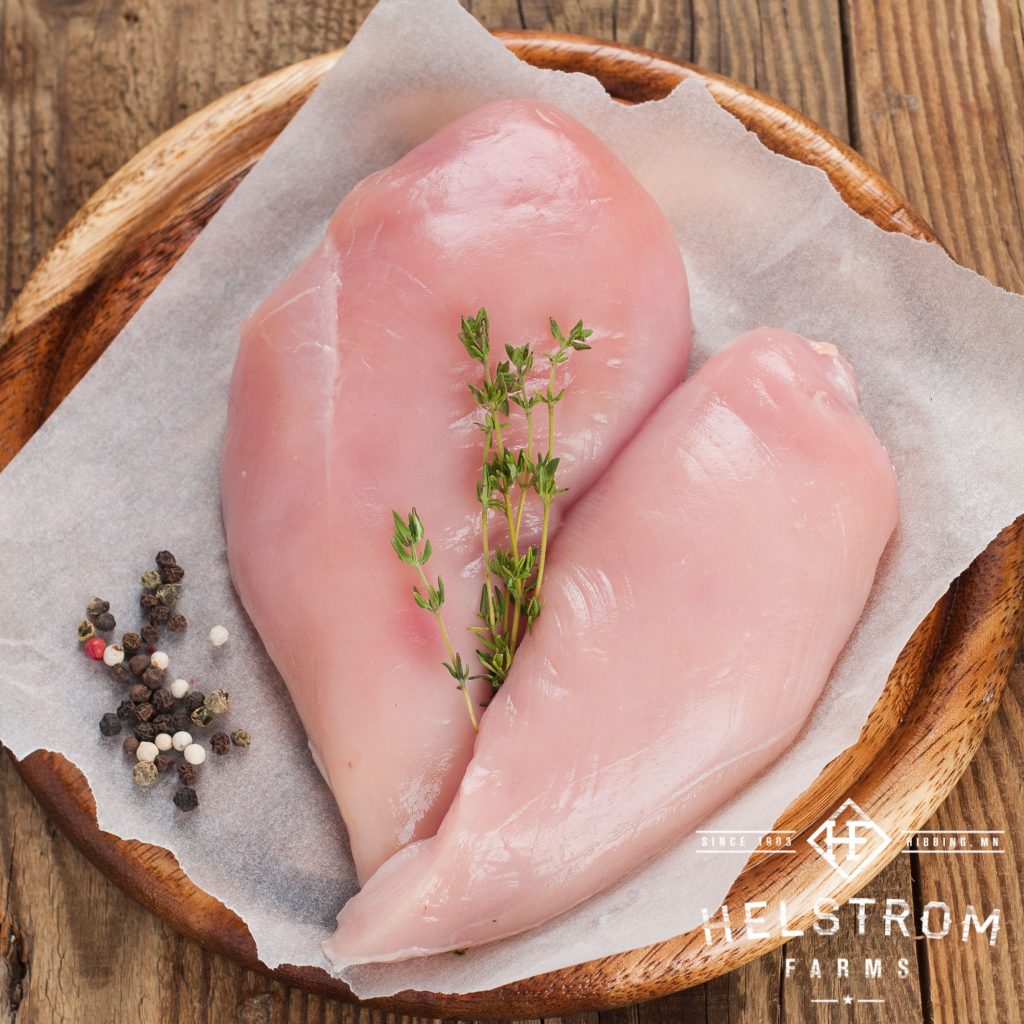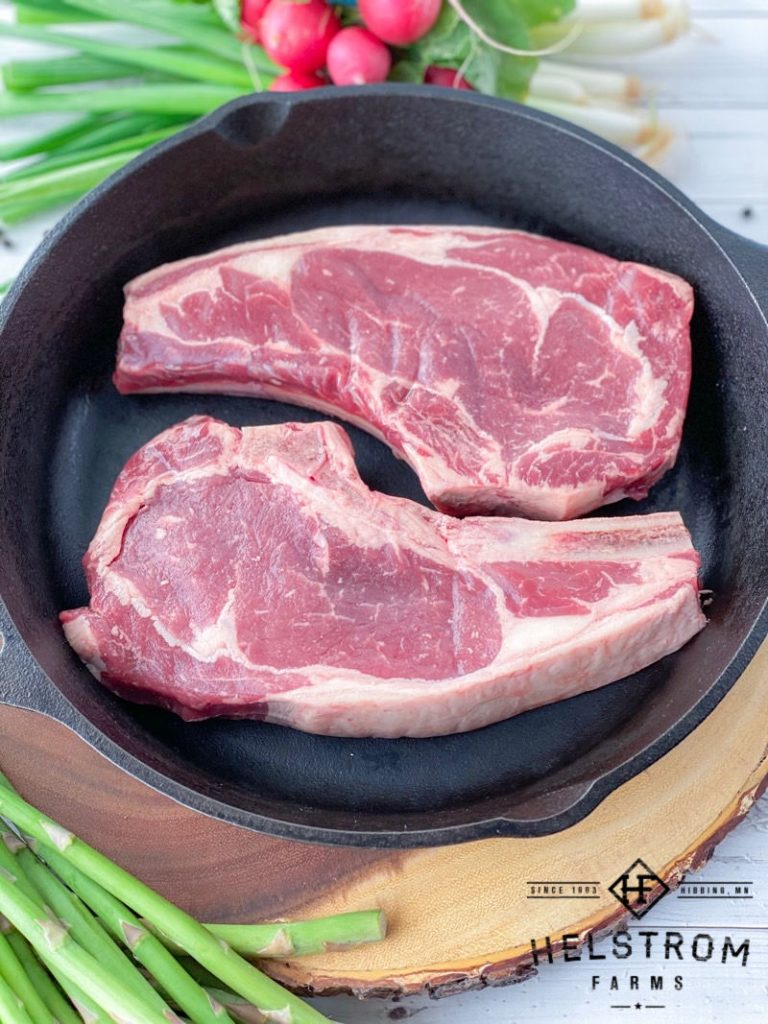Have you heard of the GAPS Diet? Used as a solution for poor gut health, constipation, asthma, eczema, and many more issues, the GAPS Diet may be just what you’ve been looking for to help improve your health! Here’s what you need to know!

GAPS Diet
Are you suffering from poor gut health? Bowel movement issues? Or frequent asthma or eczema attacks? Or maybe you know someone with autism, ADHD, or dyslexia?
If yes, then the GAPS Diet is something you might be interested in trying out.
What is the GAPS Diet?
The GAPS Diet, or The Gut & Psychology Syndrome Diet, is basically a diet that aims to improve your gut health. It helps to treat inflammatory bowel disease, leaky gut syndrome, autoimmune diseases, anxiety, depression, autism, dyslexia, ADHD and even issues like allergies, asthma, and eczema.
This diet was originally introduced by Dr. Natasha Campbell-McBride who tried on this diet on her son, diagnosed with autism. And seeing the results of the diet, she decided to launch a book with the same name. McBride found that there is a connection between our gut and our brain, and in order for both to work properly we need to feed it a healthy diet.
You should know that GAPS is not a lifestyle diet. Once your gut is healed, you can get back to an original healthy diet.

GAPS Diet Food List
When you are on the GAPS Diet, you have to let go of carbs, grains, and starchy vegetables. The focus is on easily-digestible foods, and gut-healthy foods like meat, fish, non-starchy vegetables.
Take a look at the GAPS Diet Food list:
Vegetables
Some good vegetables you might want to add to your grocery list are green vegetables (such as spinach, arugula, asparagus, artichoke, bok choy, broccoli, bell peppers), and root vegetables (such as beetroot, onions, carrots, garlic). Other vegetables that are good-to-go with the GAPS Diet are:
- Cucumber
- Avocados
- Eggplant
- Fennel
- Mushrooms
- Pumpkin
- Tomato
- Turnip
Fruits
Fruits in the GAPS Diet are only allowed in moderation:
- Apples
- Banana
- Berries
- Citrus Fruits
- Figs
- Peaches
- Pear
- Pineapple
- Plums
- Watermelon
- Pomegranate

Meat & Seafood
While you are on the GAPS diet, you should be eating organic meat & seafood. Check for grass-fed beef or organic chicken. For fish, look for wild-caught fish. That’s because this meat is fed with a gut-friendly diet.
The Meat and Seafood GAP Diet Food List contains:
- Gras-Fed Beef
- Bison
- Turkey
- Chicken
- Duck
- Lamb
- Quail, Venison and other wild game
- Free-range eggs
- Bone Broth
- Salmon
- Cod
- Halibut
- Mackerel
- Trout
- Tuna
- Sardine
- Cod
- Anchovies
- Bass
- Grouper
- Herring
- Mahi-mahi
- Red snapper
- Seabass
- Walley
Nuts & Seeds
All nuts and seeds are good for your gut when eaten in moderation and thus allowed on the GAPS Diet.
Dairy
When it comes to dairy, go for raw, aged and dairy coming from a grass-fed cow.
Fats & Oil
The following fats and oils are allowed in their organic, raw form:
- Butter
- Ghee
- Coconut Oil
- Olive Oil
- Avocado oil
- Almond oil
- Macadamia Oil
- Walnut Oil
- Flaxseed oil
- Sesame Oil
Flour
- Coconut Flour
- Almond Flour
What’s the GAPS Diet Protocol?
Unlike other diets, you just can’t wake up and decide to start a GAPS Diet. You are required to follow the diet in three phases:
The Elimination Phase
In the elimination phase, you have to let go of most foods. Even the elimination phase in broken down into seven stages. In stage 1, you consume bone broth, juices from probiotic foods, mint and chamomile tea and certain dairy like kefir or homemade yogurt (provided you aren’t dairy-intolerant).
In stage two, you can add ghee, stews and raw organic egg yolks. In stage 3, add fermented vegetables, scrambled eggs, avocado, and duck and goose fat. In Stage 4, you are allowed to add to your GAPS Diet food list with meat, vegetable juices, olive oil, and GAPS bread. Stage 5 adds in raw vegetables, fruit juices, and apple puree. In Stage 6, you can add your raw fruit.
The Elimination Phase can take anywhere between 3 weeks to a year. It depends on how your gut reacts to these foods. You can move on to the next stage when you feel your gut has accepted those foods. This you would know when your bowel movement becomes normal.
The Maintenance Phase
During this phase, you continue to eat mostly meat, seafood, fat, fermented foods and vegetables. With any kind of meat, choose grass-fed and organic beef. If you are going to eat fruit, you can’t consume it with meat. Also, you should preferably have bone broth with every meal, along with animals fats or healthy fat. Consume nuts and nut butter in a moderate amount.
You are advised to continue this diet for around 1.5 to 2 years.
Reintroduction Phase
GAPS Diet is not meant to be a lifestyle diet. Once your gut health is back to normal, you can go back to eating all kinds of foods (though highly processed and sugary foods are still not recommended). Once you start enjoying a regular bowel movement for 6 months, it’s time to get off GAPS.
Start introducing carbs and other eliminated foods slowly into your diet. Try each food individually, and then you don’t notice any gut issue for 5-6 days, move onto the next item.
Ready to get your gut health back? Order our grass-fed beef from Helstrom Farms. We deliver throughout the US.

Leave a Reply